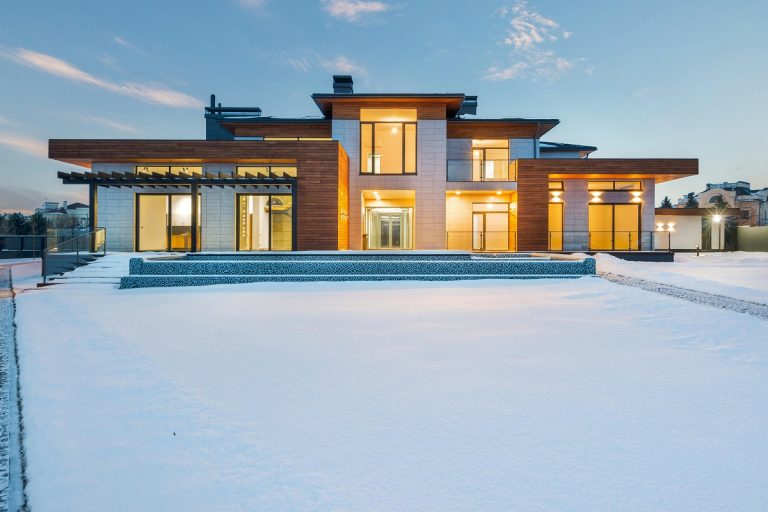
The construction industry in the United States is enormous; after all, many new buildings need to be c0onstructed every year, and all kinds of construction materials go into today’s modern, high performance buildings. Office buildings, schools, banks, libraries, grocery stores, malls, and houses are all being built by expert crews, but ever since the 1960s, a particular construction material has been available for a high performance construction project: ICF blocks, or “insulating concrete forms.” A home built from ICF walls and ICF concrete can quickly prove itself to be a tough, practical, money-saving, high performance building if constructed well, and this can be highly appealing for someone looking for a new home to buy. What is it that makes ICF bricks so effective? Just how are high performance buildings possible with this material?
ICF Walls and the Home
A home can be built from traditional materials, from its concrete foundation to wooden walls, brick, and more to create the walls and roof to complete the building. But for a high performance home to be possible, ICF bricks may be used. First invented by a Canadian contractor named Werner Gregori, these bricks have made homes more energy-efficient and durable ever since 1966, and they are used around the world due to their attractive properties. They are pre-made concrete bricks with a hollow space in the middle that builders can easily reach, and these blocks can be quickly assembled to form walls and snugly fit together, which makes construction work quick. These bricks usually measure 16 inches tall and 48 inches long, and for corners, they can be cut back to make a perfect fit with another wall.
For years, ICF materials have proven that they can make for a high performance home. They are durable, to start with; buildings made out of them are typically six to nine times stronger than those made from traditional materials, and they are also resistant to strong winds, making them a good option for homes or other buildings located in areas prone to hurricanes or tornadoes, such as Florida or Oklahoma. They can endure winds up to 402 KPH, which can make a building much more likely to survive the strong winds and wind-thrown debris of a hurricane, tropical storm, or a nearby tornado. Rebuilding a destroyed home after a storm can be expensive, but this may not be an issue if ICF bricks are used.
ICF walls are very useful for a home even if they do not have to protect a home from tornadoes or storms. The hollow space is there for a good reason: insulation and utilities can be placed in that space, and this makes them well-protected and gives them ample room. Once an ICF wall is built for a building, crews can use all that hollow space to set up plumbing, electrical cables, and most of all, insulation for the completed home. This keeps those utilities safe, and also makes for an energy-efficient home.
How is electricity being saved like this? Across the United States, houses will typically use just over half their electricity for the heating and cooling systems, but if a hone has poor insulation, a lot of that warm air may escape in winter, or cool air may be lost in summer. This constant temperature change forces an air conditioner or heater to work overtime to keep compensating for the loss, and this adds up fast on the electric bill. For this reason, a home and most commercial buildings such as schools, banks, or even malls can save a lot of electricity by having better insulation in the walls and attic, and drafty windows and doors can be taken care of, too. When ICF bricks are used to build a house, this can make for a high performance home thanks to all that room for insulation. This will cut way down on heat or cool air loss, and this keeps the monthly electric bill under control. Homeowners can take the extra step of adding window treatments to further prevent temperature change. Blinds can keep out hot sunlight in summer, and drapes can keep in warm air during winter to relieve the HVAC system from having to compensate for constant air loss.


